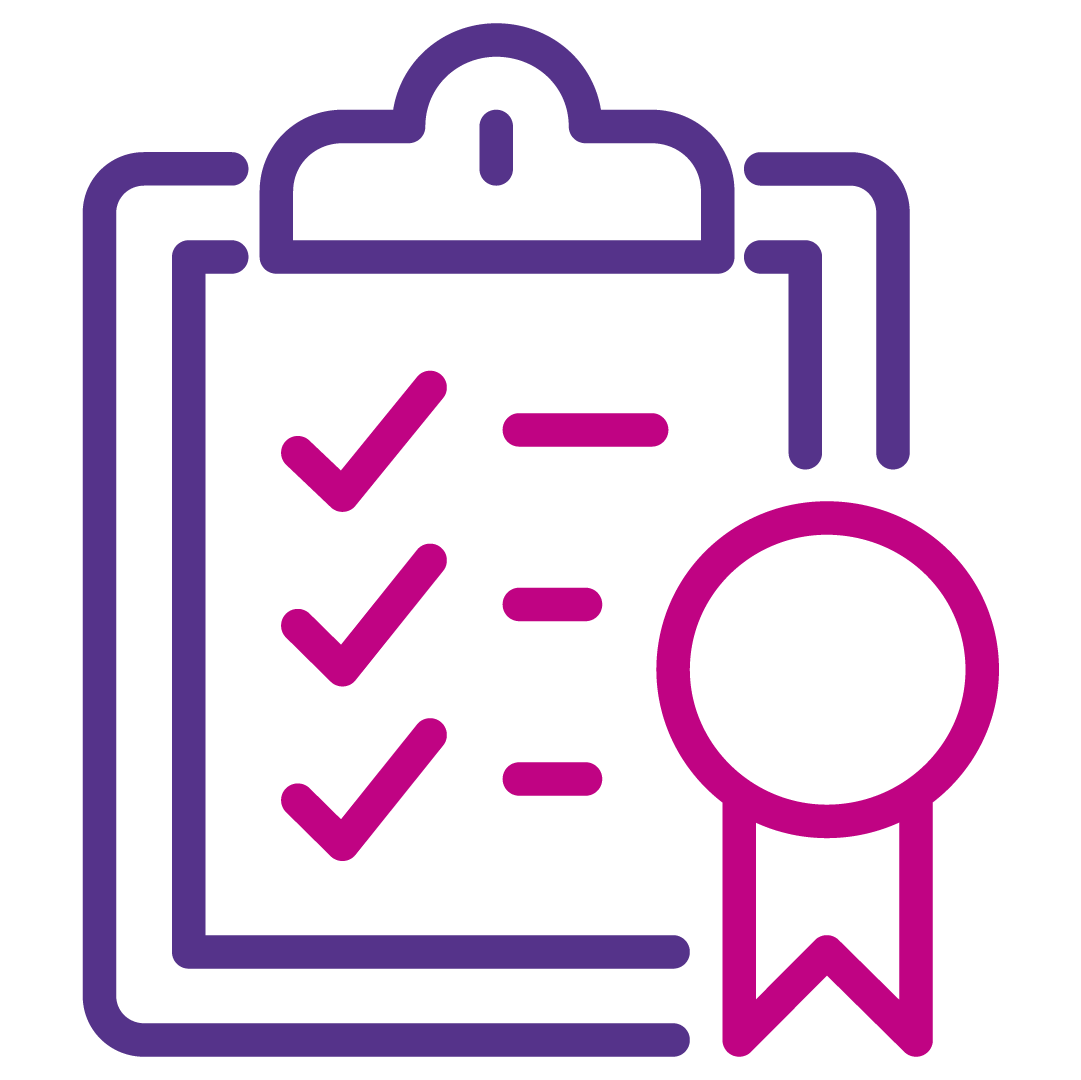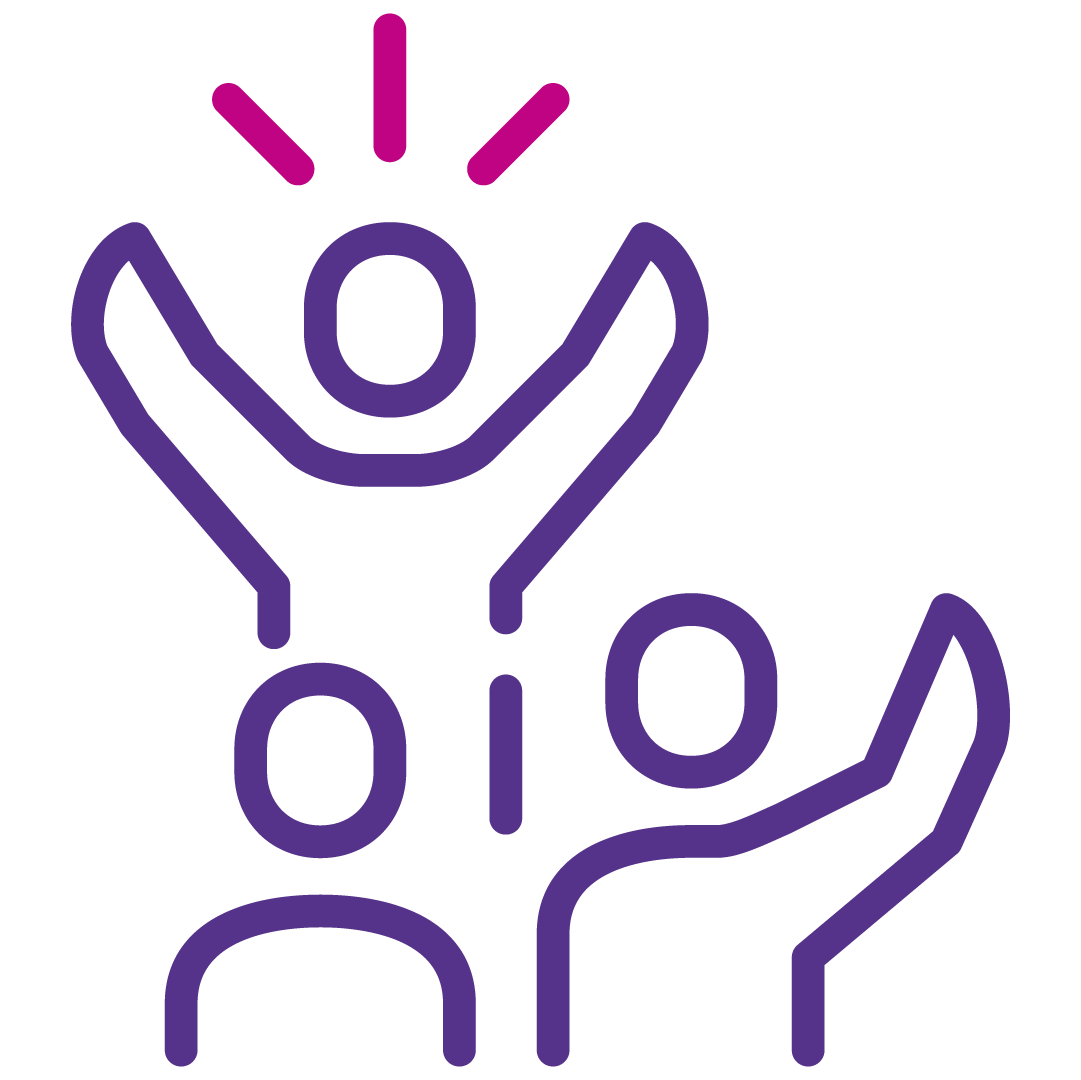SDR KPIs That Drive Revenue (Not Just Reports)
Estimated reading time: 4 minutes
Why SDR KPIs Matter
Too often we see SDR dashboards full of numbers that look good in reports but don’t actually connect to revenue. Calls made, emails sent, sequences launched – these matter, but they’re only the starting point.
In our latest webinar, I was joined by Greg Casale (Reveneer), Kevin Kelly (PaceOps), and Tom Stearns (Stearns Consulting) to cut through the noise. Together, we explored which SDR KPIs really move the needle – and how to use them to drive growth.
Qualified Pipeline: The North Star
If there’s one KPI I encourage every sales leader to anchor on, it’s conversion of meetings delivered into qualified opportunities.
Greg made this point strongly during our discussion – and I couldn’t agree more. Activity without qualified pipeline is wasted effort.
Track the ratio of meetings to qualified opportunities.
Make sure your organisation has a consistent definition of “qualified”.
Use this as the anchor metric for your SDR team.
When pipeline is defined and qualified properly, it provides the clearest line of sight to revenue.
Activity Metrics: The Foundation of Success
There’s a popular view that activity doesn’t matter. I disagree.
In my career, I’ve always seen activity as the lowest common denominator of sales success. When things are going well, you can forget about it. But when performance dips, activity is the lever that gets you back on track.
That said, activity should be:
Used as a coaching lever, not a stick.
Anchored in discipline and workflow.
Owned by SDRs themselves so they can track and improve their own performance.
Activity builds habits and, as leaders, it’s our role to help SDRs turn those habits into outcomes. If you’re considering outsourced SDR services, ensure your provider builds activity coaching into the model, not just reporting.
Booked vs. Sat: A Reality Check
This is an area I feel strongly about.
At durhamlane we’ve shifted much of our performance model to meetings sat, not just booked. Why? Because a meeting that never happens adds no value.

80% sat rate is a reasonable benchmark.
Anything lower needs investigating: poor qualification, poor follow-up, or both.

Quality conversations – not just filling calendars – should be the outcome.
Kevin put it bluntly:
“Booked vs. sat is the difference between reports and revenue.” – I couldn’t agree more.
Revenue Accountability: The Ultimate Measure
We all know the end goal: revenue. But too often I see businesses expecting instant ROI from SDR teams – for example, running a six-month pilot when their sales cycle is 12–18 months.
The right way to approach revenue accountability is to:
- Define realistic time-to-value based on your sales cycle.
- Model meetings → pipeline → revenue before launching.
- Align expectations with SDRs and leadership at the start.
This is something we take seriously at durhamlane. We want to hold ourselves accountable to revenue, but we also need to help customers set the right expectations. .
Cadence: How Often Should You Measure?
Not all metrics should be reviewed at the same rhythm. In our conversation, Greg explained it well:
- Daily/hourly: SDRs track their own activity and make adjustments.
- Weekly: Managers coach and review performance.
- Monthly/Quarterly: Leadership looks at conversion, pipeline, and ROI.
The CRO shouldn’t be worrying about whether an SDR made 30 calls yesterday. Leaders should stay focused on trends and outcomes.
Uniformity Before Rockstars
I often say this to clients: don’t build your SDR team around so-called “rockstars.”
As Greg explained in the session, if everyone is doing their own thing, your data becomes meaningless. The foundation must be:

One consistent playbook.
Standardised cadences and workflows.
A focus on process before optimisation.
Once you’ve built uniformity, you can coach and create rockstars. That’s where scalability comes from.
The Human Edge in an AI World
We couldn’t avoid talking about AI. And while it’s an exciting area – particularly in research and call analysis – my view is simple:

AI won’t replace SDRs anytime soon.
Over-automated email is already damaging digital channels.
The courage to pick up the phone and have quality conversations is still what drives revenue.
As Kevin reminded us:
“AI can support, but the human touch wins.”
I believe that’s more true today than ever.
FAQs
Q: What’s the most important SDR KPI to track?
A: Conversion of meetings delivered into qualified opportunities.
Q: Should we still track activity metrics?
A: Yes – but as coaching levers, not punishments.
Q: How do we balance booked vs. sat meetings?
A: Aim for at least 80% sat. Anything lower signals poor qualification or follow-up.
Q: Will AI replace SDRs?
A: No. AI is best used to support SDRs, not replace them.
The conclusion…
SDR teams are often measured on metrics that make for nice reports but don’t connect to revenue. By focusing on qualified pipeline, consistent activity, booked vs. sat, and realistic revenue accountability – supported by the right cadence and coaching – leaders can build SDR engines that deliver growth.
Is your SDR team measured on what really matters?
Watch the full webinar here.
If you’re ready to see how SDRs can transform your sales outcomes, let’s talk.